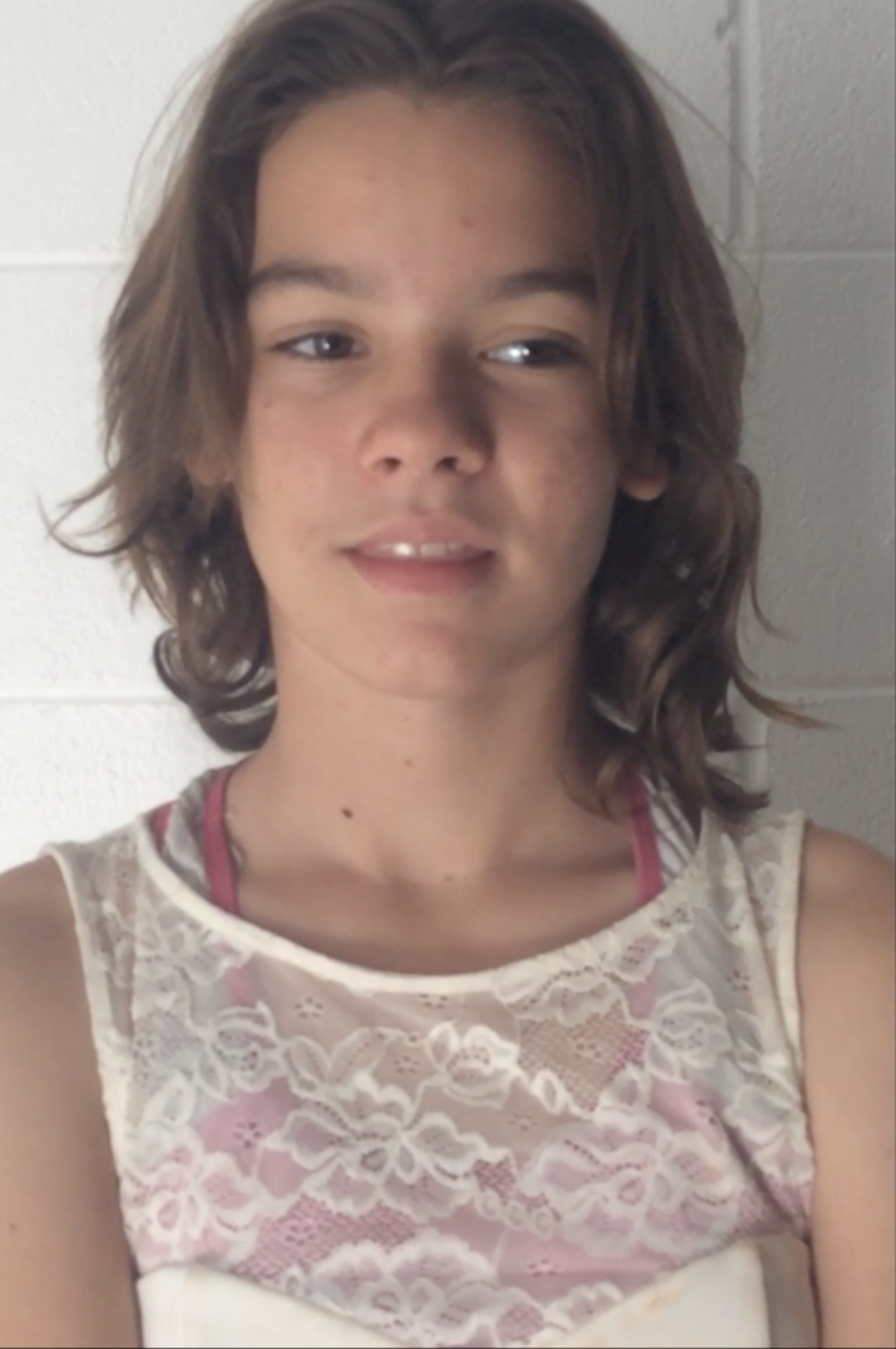Warwick Thornton
The Future is Unforgiving
17th July – 22nd August 2015
Anna Schwartz Gallery
We do not expect Warwick Thornton, born and raised in Alice Springs in a creative Aboriginal family, to provide an easy pathway to his world and his interpretation of it. In this exhibition, his startling photographs tell of his alarm at the role of alcohol, sugar and fast foods in contributing to the illness and early death of a large proportion of the Aboriginal and Torres Strait Islander population.
The works in this exhibition are a development and transposition into still photography of the artist’s award-winning cinematic work, Samson and Delilah, 2009 (CAAMA Productions & Scarlett Pictures). This film is highly regarded, not just for the narrative and the virtuosity of the cinematography, but also for its intimate glimpse into the lives of a young Aboriginal woman and man, and the tragedy therein. In this current exhibition Thornton utilises the diptych form and the video to talk of a lost past and an imperilled future.
One diptych, Shanika, presents two images of a girl: the first shocks us with a suicide vest constructed of cans of Victoria Bitter beer and black tape, strapped to her torso. Here, her features are crisply and sharply portrayed; she is beautiful, but we see in her eyes the suggestion of a bleak and miserable future. The second image is a blurred vision into Shanika’s past. She holds two boomerangs in the traditional style, used to create percussive music by clapping them together in a staccato fashion. But of course, the gaze is Warwick’s not hers.
In the first image of the second diptych, Sterling, an Aboriginal boy wears a suicide vest of fast food containers from the ubiquitous global chain, McDonalds. His fate of obesity and ill health already appear in his physique. In the second image the boy holds a traditional hunting toy, a slingshot, and his image is blurred. Instead of learning to hunt, he self harms with fast food, and his socialisation is bereft of traditions such as hunting and bereft of the vast knowledge of his traditional estate, environments, fauna and flora, his rightful patrimony.
In the third diptych, Luka, firstly, a young woman wears a suicide vest of Coca-Cola cans, and in the paired image, she holds a ‘number 7’ boomerang, the most efficient and deadly of all boomerangs. The same could be said of Coca-Cola, which medical professionals suspect contributes to the high levels of diabetes in the indigenous populations of Australia.
The video, The Future is Unforgiving, simply shows, without artifice, the innocence, the natural grace, the optimism, innate in the state of childhood, with all its human potential. This also a portrait of the viewer and their social responsibility to allow these young lives to flourish unimpeded by the known destructive elements presented in the photographs.
The power of Warwick Thornton’s imagery, whether in cinematic or photographic works, is in how he plays with ideas of time, space and identity; the power of the Aboriginal story; the burden of the historical injustices; and so clearly here, the power of the Aboriginal presence, with all its horror and beauty, in Australia.
These works remind us of the many philosophical thinkers on the power of photography, such as Barthes, Benjamin, Berger and Sontag. We do not need a class in semiotics to see the Thornton method: creating a sense of uneasiness, a sense of temporality, impending death, resistance and great insight. They work at a number of levels, emotional and intellectual, as well as aesthetic.
Images
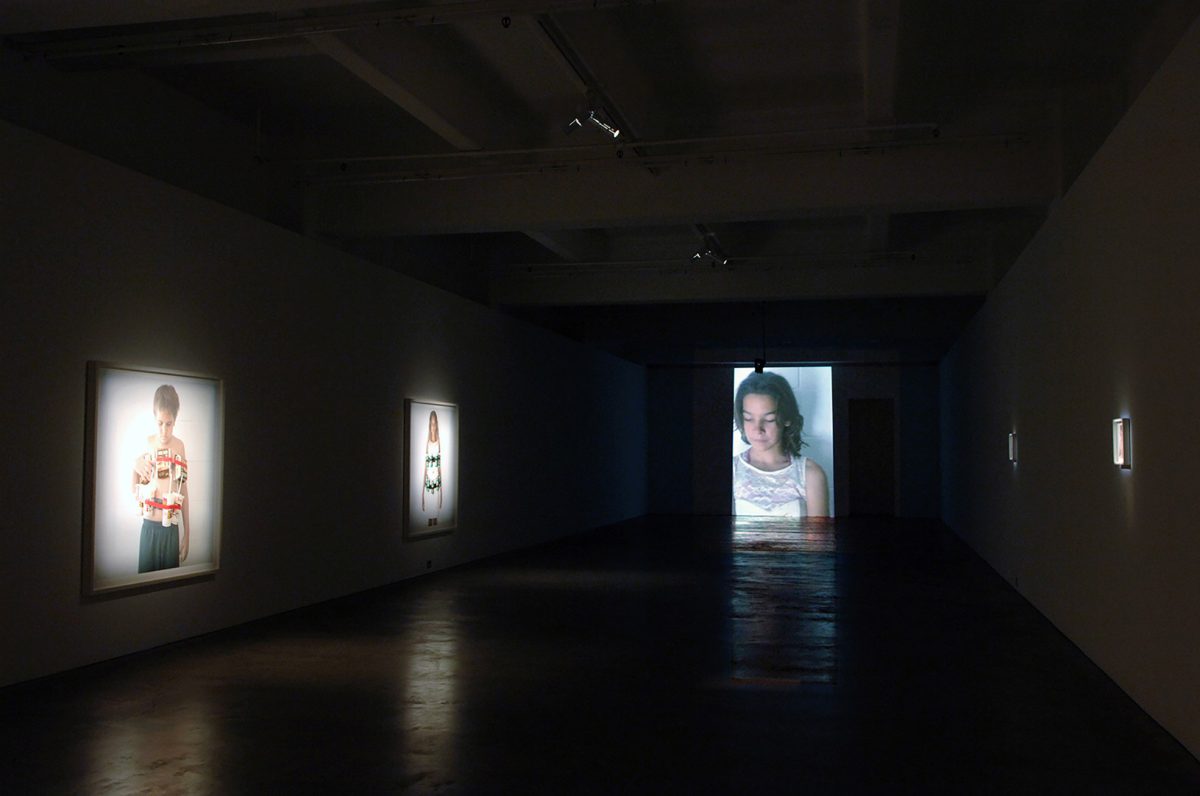
Warwick Thornton
The Future is Unforgiving, 2015
installation view, Anna Schwartz Gallery

Warwick Thornton
The Future is Unforgiving, 2015
Single channel digital video, 16:9
7 minutes 39 seconds
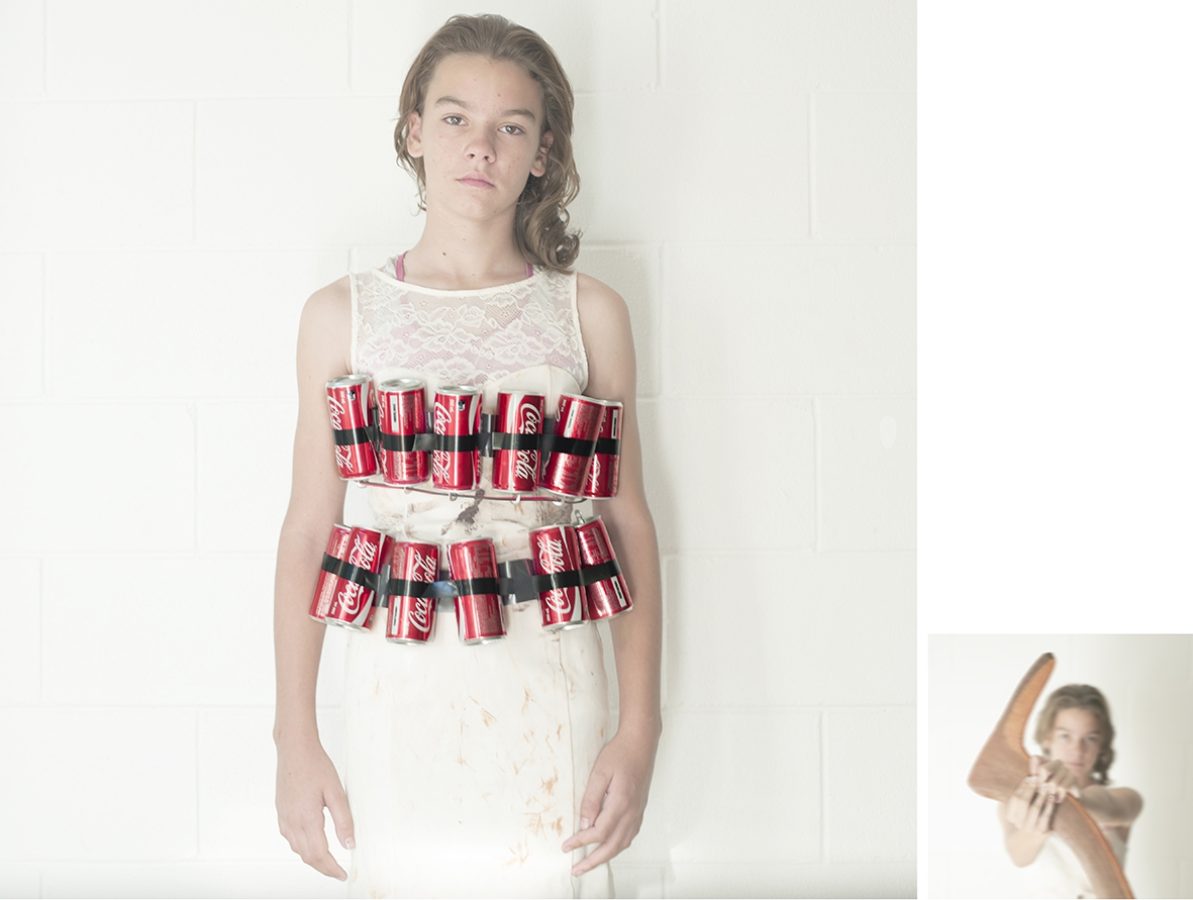
Warwick Thornton
Luka, 2015
pigment print on cotton rag art paper
diptych: 152 x 153; 25 x 25 cm
Edition of 3
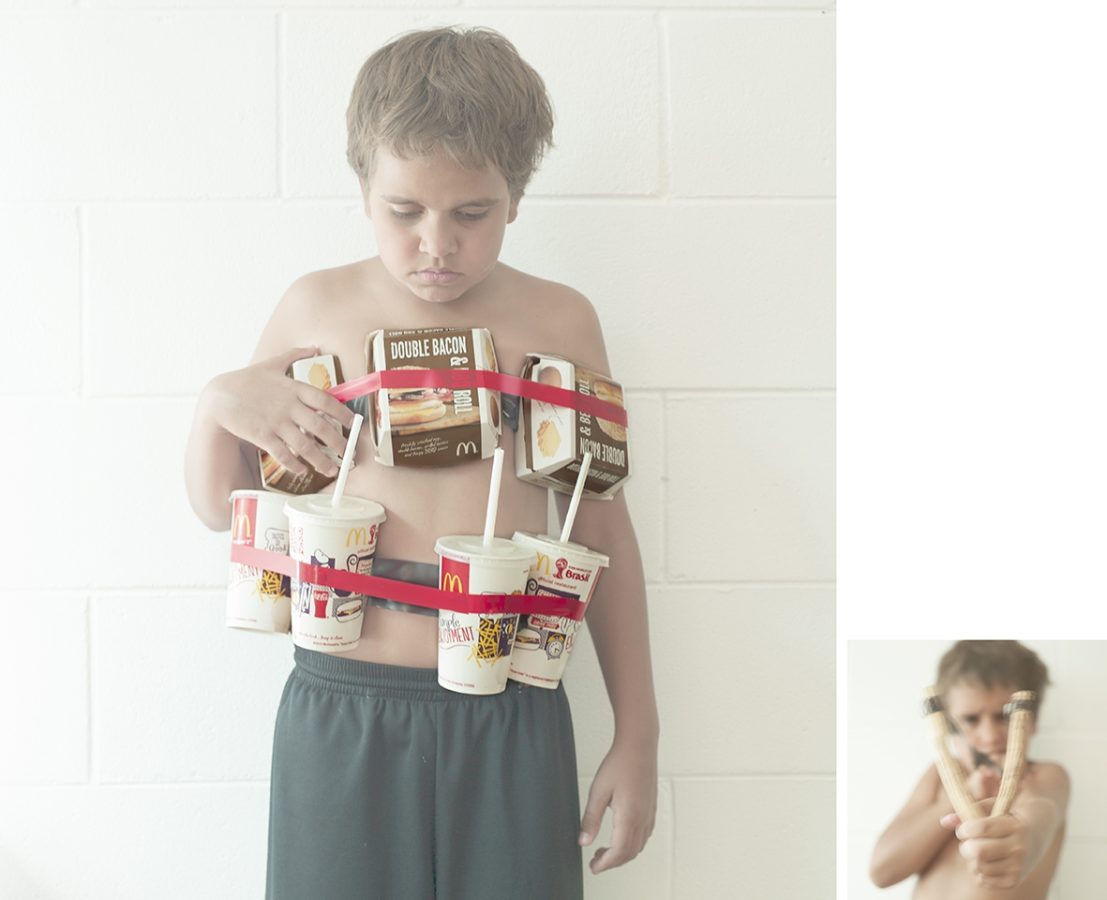
Warwick Thornton
Sterling, 2015
pigment print on cotton rag art paper
diptych: 152 x 153; 25 x 25 cm
Edition of 3
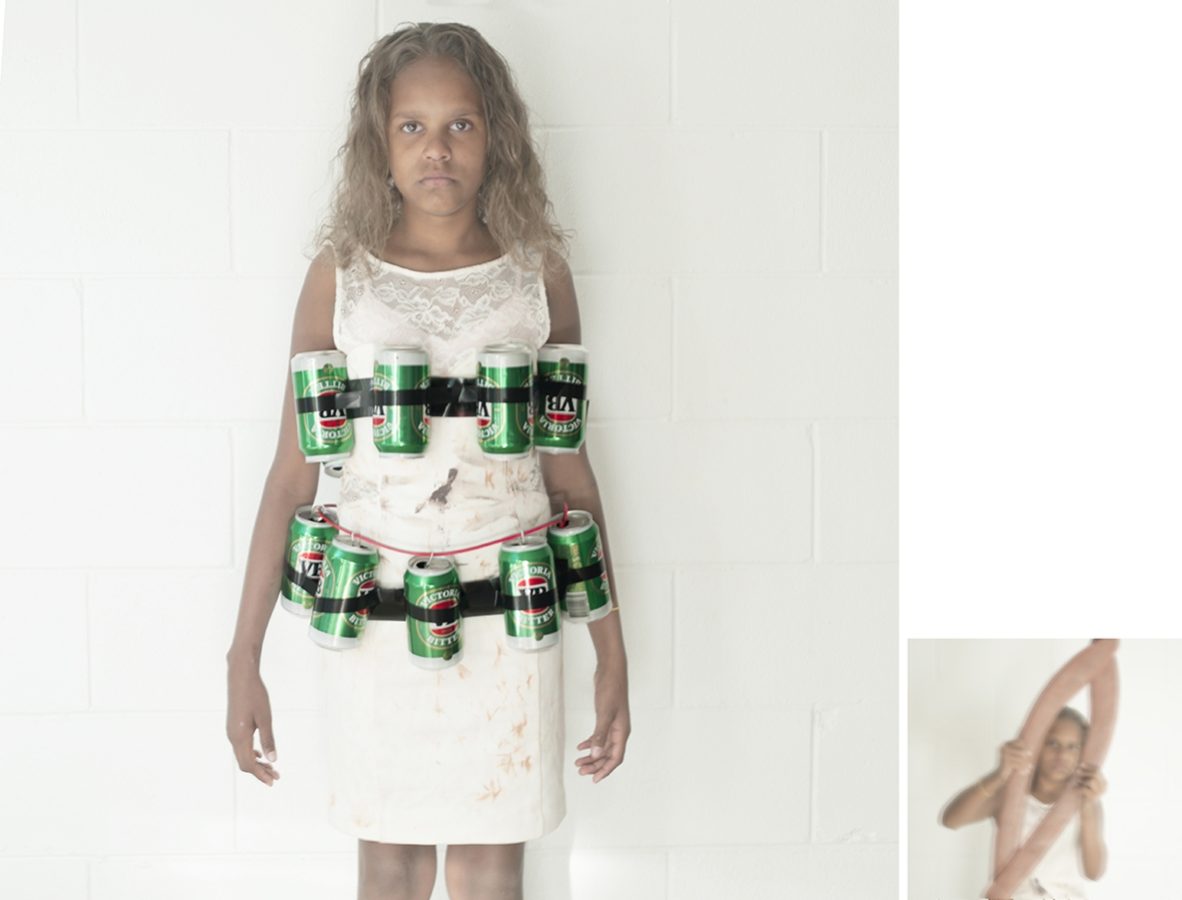
Warwick Thornton
Shanika, 2015
pigment print on cotton rag art paper
diptych: 152 x 153; 25 x 25 cm
Edition of 3

